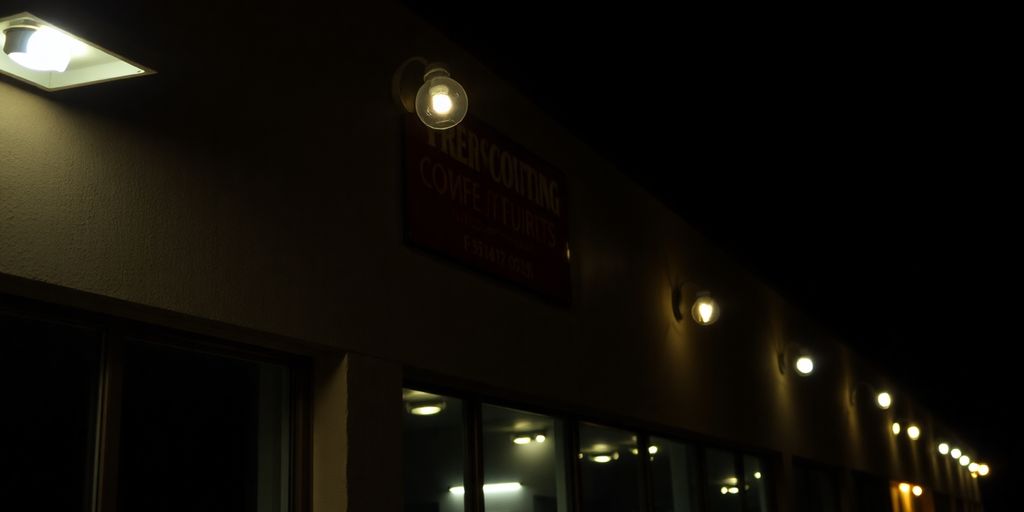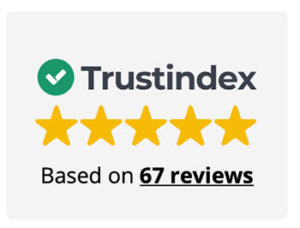7 Signs Your Commercial Property Is an Easy Target:
Keeping your commercial property safe from trouble is a big deal, right? Nobody wants their business to become an easy target for bad guys. It’s not just about losing stuff; it can really mess with your peace of mind and even scare off customers. Luckily, there are some pretty clear signs that your property might be a bit too inviting for unwanted attention. If you know what to look for, you can take steps to make things much more secure. Let’s talk about those signs so you can protect your business better.
Key Takeaways
- Always double-check that all doors and windows are locked up tight, even if you’re just stepping out for a minute.
- Pay attention to weird markings or flyers around your property; they could be secret signals from criminals.
- If you see unfamiliar people or cars hanging around, especially if they seem out of place, it’s worth noting.
- Be wary of unexpected visitors who show up without a good reason; always verify who they are before letting them in.
- Make sure all your outdoor lights are working properly to keep your property well-lit and less appealing to intruders.
1. Unlocked Doors And Windows
It might sound obvious, but you’d be surprised how often this happens. Unlocked doors and windows are basically an open invitation for trouble. It’s like saying, “Hey, come on in!” to any potential burglar passing by.
Think about it: a criminal is looking for the easiest target. Why would they bother trying to pick a lock or break a window when they can just walk right in? It’s all about minimizing risk for them, and an unlocked entry point does just that.
Here’s why it’s such a big deal:
- It shows a lack of security awareness.
- It makes your property an easy target compared to others.
- It can invalidate your insurance claim if a break-in occurs.
Leaving doors or windows unlocked, even for a short time, is a gamble. It only takes a few minutes for someone to take advantage of the situation. Always double-check before leaving for the day or closing up for the night.
2. Odd Symbols On Walls Or Fences
Ever notice weird markings popping up around your commercial property? It might not be random graffiti. These symbols could be a secret code used by criminals to mark your building as a potential target. Think of it as a low-tech way for them to communicate vulnerabilities to each other.
It’s like, they’re leaving breadcrumbs for their buddies, but instead of leading to a tasty treat, it leads to your business being robbed. Not cool, right?
Ignoring these signs is like leaving the door open for trouble. Pay attention, and don’t be afraid to report anything suspicious to the authorities.
Here are a few things to watch out for:
- Circles with lines through them: This could mean your property is seen as vulnerable.
- Xs: An X might indicate that your property is under surveillance.
- Arrows: These could be pointing in a specific direction, maybe towards a weak spot or an easy access point.
- Numbers: Sometimes, numbers are used to signal the best time to strike. Creepy, I know.
3. Stickers And Flyers

Okay, so you might think a random sticker or flyer on your commercial property is no big deal. Maybe it’s just some kid promoting their band, right? Well, not always. Sometimes, these things can be a sign that someone is casing your place. It’s like leaving a little breadcrumb trail for themselves or others.
Pay attention to what’s being advertised or promoted. Is it something totally out of place for your type of business or the neighborhood? That’s a red flag. Also, keep an eye out for how long they stay up. If a flyer’s been there for weeks, and no one’s taken it down, it could mean no one’s really paying attention to the property, which makes it a more attractive target.
Think of it this way: a clean, well-maintained property sends a message that you’re on top of things. A place covered in random stickers and old flyers? Not so much. It screams neglect, and that’s exactly what potential criminals are looking for.
Here’s a few things to consider:
- Frequency: Are new stickers and flyers popping up all the time?
- Location: Are they clustered in specific areas, like near entrances or windows?
- Content: Is the content suspicious or out of place? For example, are they advertising marketing tools that are completely unrelated to your business?
Regularly removing these unwanted items is a simple way to show that you’re keeping an eye on things and that your property isn’t an easy target. It’s a small effort that can make a big difference.
4. Unfamiliar People And Vehicles On The Street
Seeing people or cars you don’t recognize hanging around your commercial property can be a real red flag. It’s not just about being nosy; it’s about being aware of your surroundings and spotting potential problems before they escalate. If you start noticing unfamiliar faces or vehicles parked for extended periods without a clear reason, it’s time to pay closer attention.
Think about it: Criminals often scout locations before making a move. They might be casing the joint, looking for weaknesses in your security, or simply trying to figure out the best time to strike. Ignoring these signs could leave your business vulnerable.
Here’s what to do:
- Document everything. Note the descriptions of the people and vehicles, including license plate numbers if possible.
- Increase surveillance. Review your security camera footage more frequently, and consider adding extra cameras if needed.
- Inform your employees. Make sure everyone knows to be vigilant and report any suspicious activity immediately.
It’s always better to be safe than sorry. Contact local law enforcement if you feel uneasy or observe behavior that seems genuinely threatening. They can investigate and provide guidance on how to improve your property’s security.
Don’t dismiss unfamiliar faces as just random occurrences. Trust your gut, and take steps to protect your business.
5. Unannounced Visits From Strangers
It’s always a little unsettling when someone you don’t know shows up unexpectedly. But when it happens at your commercial property, it can be more than just annoying – it could be a sign that you’re being targeted. Burglars sometimes pose as salespeople or maintenance workers to scout out potential weaknesses. They might be checking for unlocked doors, weak security systems, or just trying to get a feel for the layout of the building.
If someone shows up without an appointment, be extra cautious. Always verify their identity and the reason for their visit before letting them in. It’s better to be safe than sorry.
Here’s what to do:
- Ask for identification and verify it.
- Call the company they claim to represent to confirm their visit.
- Never let them wander around unsupervised. Keep them in sight at all times.
Don’t hesitate to contact the authorities if you feel uneasy. Trust your gut. If something feels off, it probably is. Taking these precautions can help prevent unauthorized entry and protect your commercial property from potential threats. Remember, guest privacy is important, but so is security.
6. Lack Of Functioning Outdoor Lights

Okay, so picture this: a commercial property shrouded in darkness. Not exactly inviting, right? More importantly, it’s practically waving a flag to potential intruders. A lack of functioning outdoor lights is a major security risk.
Think about it. Criminals thrive in the shadows. If your parking lots, walkways, and entrances are poorly lit, you’re basically giving them the perfect cover to operate undetected. It’s not just about deterring crime, though. It’s also about creating a safe environment for your employees and customers. Nobody wants to walk through a dark parking lot at night, feeling like they’re constantly looking over their shoulder.
Neglecting outdoor lighting can also give the impression that your property is poorly maintained or even abandoned. This can attract unwanted attention and make your business a target for vandalism or other types of crime.
Here’s a quick rundown of why keeping those outdoor lights in tip-top shape is so important:
- Deters criminal activity: Well-lit areas discourage burglars and vandals.
- Enhances safety: Employees and customers feel safer navigating the property.
- Reduces liability: Proper lighting can help prevent accidents and injuries.
- Improves visibility: Makes it easier to spot potential hazards or suspicious activity.
Don’t underestimate the power of a well-lit exterior. It’s a simple, cost-effective way to boost your commercial property’s security and create a more welcoming environment. Consider investing in floodlights for parking lots and entrances to deter unauthorized activity.
7. Security Gaps
Sometimes, the biggest risks are the ones you don’t see. It’s easy to get complacent, thinking you’ve covered all your bases, but overlooking even small security gaps can make your commercial property an easy target. Think of it like this: a chain is only as strong as its weakest link. If there’s a flaw in your security, someone will find it.
It’s not just about having security measures in place; it’s about making sure those measures are actually effective and that there aren’t any obvious ways around them. Regular security audits can help identify these vulnerabilities before they’re exploited.
Here are some common security gaps to watch out for:
- Poorly lit areas: Dark corners and alleyways are an invitation for trouble. Make sure all areas are well-lit, especially around entrances and exits.
- Lack of surveillance: If there are areas where cameras don’t reach, that’s a blind spot that criminals can exploit. Consider expanding your surveillance coverage to eliminate these gaps.
- Inadequate access control: Are you really sure who has access to your building? Outdated access cards, forgotten keys, and lax visitor policies can all create security risks.
Wrapping Things Up
So, there you have it. Keeping an eye on these things can really help make your commercial property less appealing to people looking to cause trouble. It’s not just about putting up a fence or a camera, though those help. It’s about being aware of what makes your place stand out as an easy target and then doing something about it. A little effort now can save you a lot of headaches and money later. Stay safe out there!
Frequently Asked Questions
What do strange symbols on my property mean?
If you see strange marks or symbols on your property, it could mean criminals are checking out your place. These symbols might be secret messages to other bad guys about your property’s weaknesses. It’s important to notice them so you can protect your business.
Why should I care about random stickers or flyers?
When you find stickers or flyers that don’t belong on your property, it’s a sign that someone might be watching your business. These items can seem harmless, but they might be used by criminals to mark your building as a target. Using security cameras can help you keep an eye on things.
What if I see new faces or cars in my neighborhood?
Seeing unfamiliar people or cars in your area could mean your property is being watched. If someone looks out of place or a car is parked for a long time without a good reason, it’s a good idea to write down what you see and tell the local police. They can check it out.
How do unlocked doors and windows make my property unsafe?
Unlocked doors and windows make your business an easy target for criminals. Always double-check that all entry points are locked, especially when you leave or at the end of the day. If you find signs of forced entry, like broken locks, fix them right away and consider getting new locks.
Should I be worried about unannounced visitors?
If someone you don’t know shows up at your business without an appointment, be careful. Sometimes, criminals pretend to be salespeople or service people to get inside and look for weak spots. Always ask for ID and confirm who they are before letting them in.
Why is good outdoor lighting important for security?
Poor outdoor lighting makes your property look abandoned and makes it easier for criminals to hide. Make sure all your outside lights are working. Sometimes, bad guys will even break lights on purpose to stay hidden, so check them regularly.








